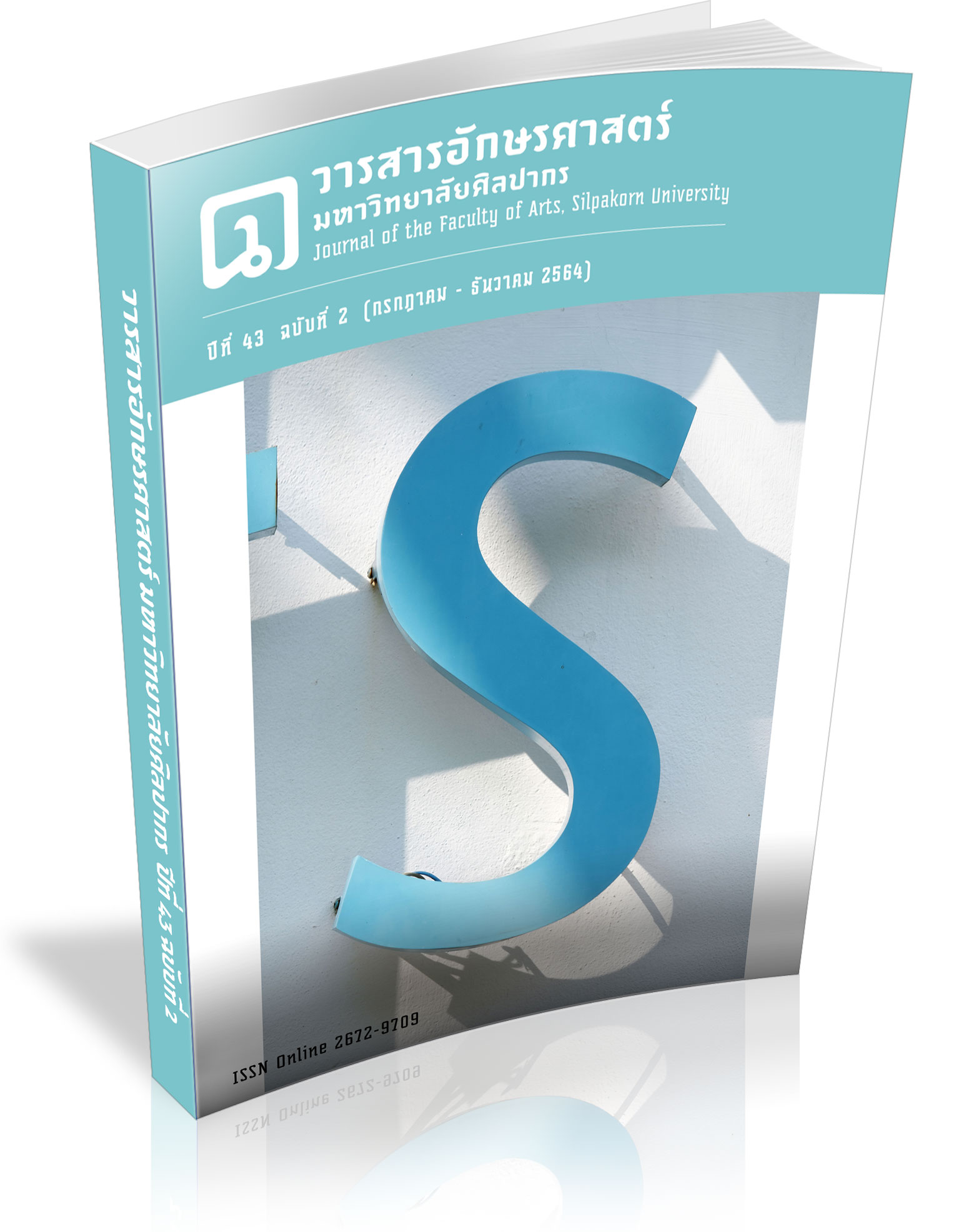The parts of speech in Korean Plural Marker “들 /teul/ (many)”
Keywords:
Plural “teul”, Parts of speech, Independent noun, Postpositional particle, AffixAbstract
The objective of this article is to research the function of the marker 들 /teul/ (many). This word appears in the Standard Korean Dictionary, defining this marker as an affix, independent noun, and postpositional particle. The word unit appears in the form of postpositional particle and independent noun, 들 /teul/ (many), without a hyphen; however, if it is an affix, appears with a hyphen. This article applies a collection of sample sentences from the corpus of the Center for Digital Humanities and the research focuses on finding the answer of the functions for the marker 들 /teul/ (many). The result shows that first, the feature of 들 /teul/ (many) matches an independent noun by simply placing it adjacent to the predicate part at the end of the sentence. Second, considering the function of 들 /teul/ (many) as a postpositional particle, the features of this marker are very similar to a particle because it can be placed adjacent to various types of words to create plurality. Third, in the case of 들 /teul/ (many) being an affix, the researcher disagrees with this function, as 들 /teul/ (many) can be added to or omitted from sentences; this marker does not have the word-building feature of other affixes.
Downloads
References
Choe, H. (1946). Ureemalbon. Seoul: JungumsaPress.
Choi, H. (2013). Typology of Korean Morphology. Seoul: PagijongPress.
Corbett, G. G. (2005). Number., in Haspelmath et al. (Eds.), The syntaxmorphology interface : a study of syncretism, pp. 92-94, New York : Cambridge University Press.
Im, H. (1989). About the Syntactic Complex Words. Language research, 25, 167-196. (In Korean)
Kang, B. (2008). Remarks and Replies : On the Semantic Differences of the Two Plural Forms in Korean. Language and Information, 12, 115-137. (In Korean)
Kim, G. (2020). The Consideration on Grammatical Status of the Plural Marker ‘들’., The Journal of Yeongju Language & Literature, 44, 5-29. (In Korean)
Kim, J. (2005). About the plural form ‘deul’., Ureemal Yonku : Soreunarhopmadang, pp. 85-108. Seoul: Thaehaksa Press.
Ko, Y. (1974). A Structural Study of Derivational Suffixes in Modern Korean. Seoul: Baekhap Press.
Kwon, J. (1985). A research on Dependent Nouns in Modern Korean Language., Sodangchonshikwon paksahwekapkinyom, pp. 179-192, Seoul: Hyungseul Press.
Lim, D. (1991). A Study on Defective Nouns in Modern Korean. Master Thesis, M.A. in Korean Language and Literature, Seoul National University, Republic of Korea.
Lim, D. (2012). "The Forms and Meanings of Plurals in Korean". Korean Semantics, 39, 25-49. (In Korean)
Noh, E. (2008). A Study on the Meaning of Korean ∅-marked and 'tul'-marked Nouns, Discourse and Cognition, 15, 43-62. (In Korean)
Shi, C.-K. (1994). The principle of word formation in Korean. Seoul: KookhakPress. The World Atlas of Language Structures Online. (2005). Retrieved 27 April 2021, From https://wals.info/
Downloads
Published
How to Cite
Issue
Section
License
Copyright (c) 2021 Journal of the Faculty of Arts, Silpakorn University

This work is licensed under a Creative Commons Attribution-NonCommercial-NoDerivatives 4.0 International License.
ผู้เขียนบทความต้องยินยอมในข้อกำหนดต่าง ๆ ของวารสารก่อนส่งบทความตีพิมพ์




